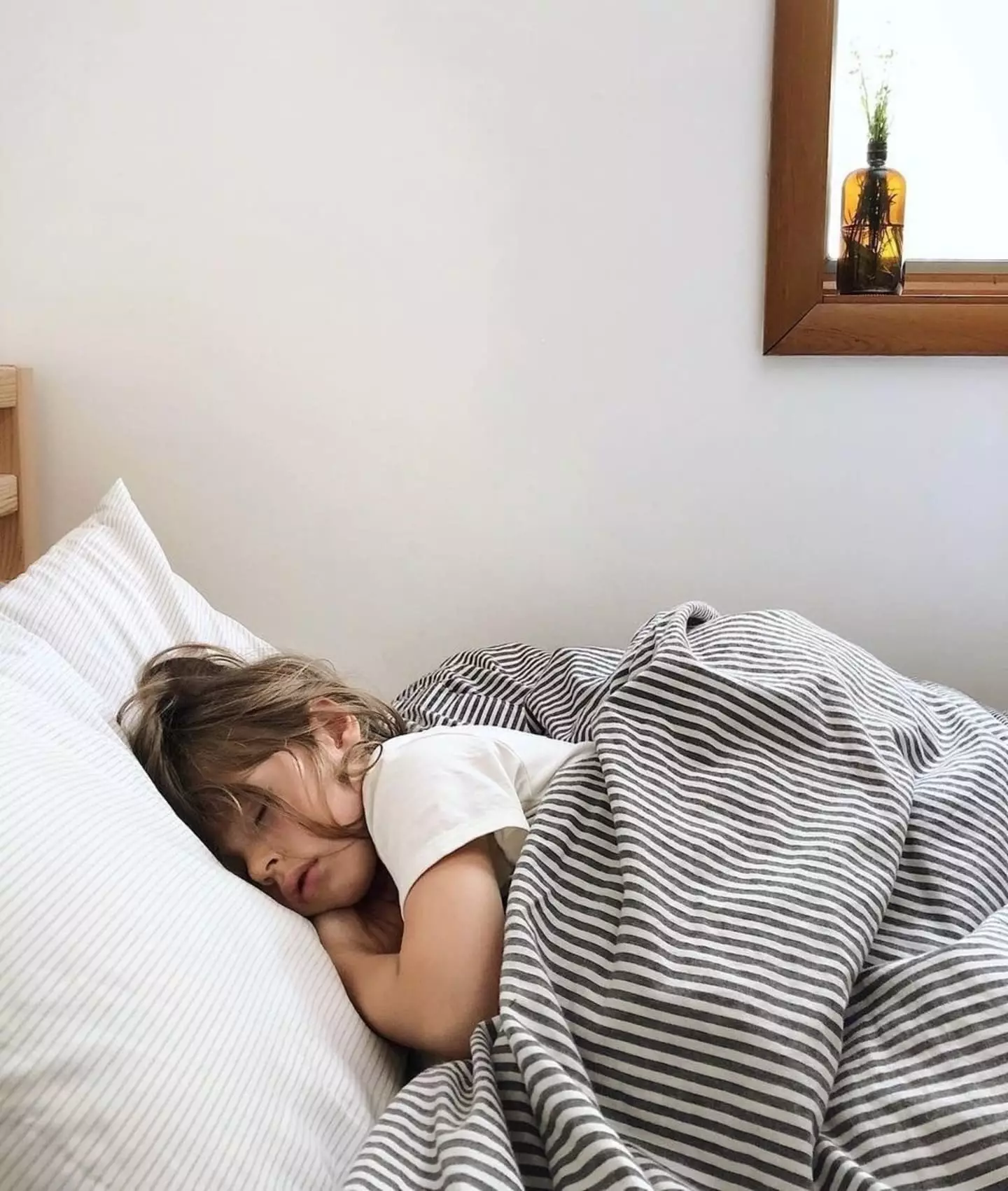Making the shift from a crib to a bed is a significant milestone in a child’s early years, and it comes with its own set of challenges and triumphs. Many parents find themselves pondering the best approach to facilitate this transition, often feeling overwhelmed by the prospect of changing their child’s sleeping environment. It is crucial to recognize that every child is unique, and what works for one may not suit another. This article aims to demystify the process and provide thoughtful strategies that can make this transition smoother for both parents and children.
Before diving into practical steps, it is essential to assess your child’s readiness for this transition. Some children display eagerness to embrace change, while others may cling to the familiarity and security of their crib. Parents should observe their child’s behavior and mood around bedtime. Is your child expressing interest in a big-kid bed? Are they showing signs of restlessness in their crib? These signals can guide you in determining the right timing for your child.
Research indicates that children aged between 18 months and 3 years are typically ready to make this transition. However, readiness can vary, so it is important not to rush the process. Allow your child to set the pace, and be attentive to their emotional well-being throughout this change.
Creating a Positive Association with the New Bed
A thoughtful approach to introducing the new sleeping arrangement can have lasting benefits. Developing a positive association with their new bed is essential so that children feel excited rather than apprehensive. Consider organizing a “Big Kid Bed Day” celebration. Involve your child in choosing their new bed and bedding. This not only fosters excitement but also gives them a sense of ownership over their new sleeping space.
Make the transition special by decorating the room together. Engage your child in fun activities such as selecting bedtime stories or a comforting stuffed animal, creating a cozy atmosphere that feels inviting and safe. However, remember that enthusiasm can sometimes wane when the time comes to actually sleep in the new bed. Keep calm and reassure your child, offering them extra love and comfort if needed.
A beneficial strategy for easing the switchover is gradual introduction. One effective method is to place the mattress from the crib directly on the floor in the same location. This helps maintain a familiar sight and feel for your child. Adding guardrails can provide an element of safety, mimicking the enclosure that a crib offers.
Once your child becomes accustomed to sleeping on the mattress on the floor, slowly introduce the idea of a bed by elevating the mattress with a box spring and a frame, ensuring the guardrails remain until you’re confident in their safety. Allowing your child to acclimate at their own pace encourages confidence and reduces anxiety.
Embracing Change with Play and Comfort
Your child’s adjustment to a new bed can be facilitated through play and routine. Encourage exploration and familiarity by allowing them to play on the new bed during the day. Engage in bedtime rituals such as storytime or gentle massages while on the new bed, reinforcing positive experiences associated with it.
As time goes by, gently suggest that your child try sleeping in the new bed for short periods before transitioning to a full night’s sleep there. This gradual acclimatization can help reduce fears and anxieties, making the overall transition more enjoyable for your child.
Addressing Challenges Post-Transition
Even with the best preparations, challenges may still arise after the transition to a big-kid bed. Night wakings, difficulty falling asleep, or an unexpected longing for their crib can surface. It’s important to approach these occurrences with a sense of compassion rather than disappointment. Understand that every child copes with change differently, and returning to a familiar setup temporarily is perfectly acceptable if it provides comfort to your child.
For parents concerned about needing the crib for a new sibling, consider alternative sleeping arrangements for the newborn. Options like a bassinet or portable crib can be effective interim solutions.
Patience and Support: The Key to a Successful Transition
Finally, one of the most critical factors in successfully navigating the transition from crib to bed is patience. Allow your child the space to adjust at their own pace. Celebrate their milestones, no matter how small, and provide unwavering support. This transition is more than just a change in sleeping arrangements; it marks a developmental stride in your child’s journey toward independence.
While the transition from a crib to a bed can be fraught with challenges, it is also an opportunity for growth, learning, and bonding. By understanding your child’s unique needs, creating a positive experience, and allowing the change to unfold gently, you can turn this significant milestone into an adventure filled with joy and comfort for your child.

